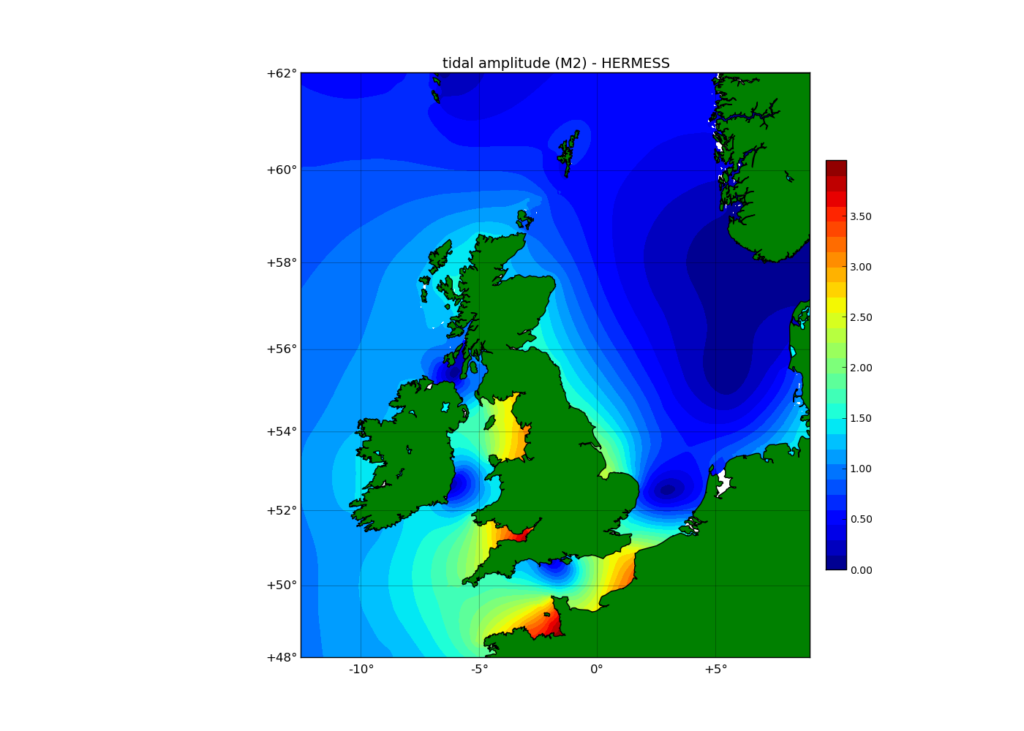The Dutch company Hermess delivered the report User needs on radar altimetry data for offshore, oceanographic and maritime applications for the NL-RIA knowledge network.
Hermess provides services for the maritime sector. These services are based on weather and wave modelling and are used to support, among others,
- design of offshore constructions, harbours/ports;
- design of vessels;
- planning of regular maintenance work;
- planning of operational activities by providing workability forecasts, e.g. dredging, fishing, diving, etc.;
- assessment of energy production by offshore wind farms;
- heavy transports.
The above services are enabled by weather and wave models being driven by wind and wave data from land-based stations, offshore platforms, and last but not least remote sensing data such as radar altimeter and scatterometer data.

After an introduction into the retrieval of geophysical parameters – sea surface elevation, wind speed and wave height – from radar backscatter signals, Hermess describes the maritime market benefitting from this information and the services implemented by Hermess for each market segment. Furthermore, the current use of altimeter and scatterometer data to support these services is described.
The report describes requirements with respect to current and new radar altimeter data which should be met by future providers of satellite data to ensure that data can be assimilated in an optimal manner in the wind and wave models. The requirements concern timeliness, maximum footprint and spatial coverage. Opportunities are identified if altimeter data would be available with higher ground track spacing and higher spatial resolution for wind and wave retrievals near shores and estuaries.
Orbit configuration of a multiple of small altimeter satellites is not straightforward, because the choice of repeat frequency and spatial coverage is a trade-off, depending on application.
Furthermore, Hermess identifies applications in coastal water as a promising new market for an innovative altimeter system, although anomalies like wave-seabed interaction and wave breaking in the surf zone makes processing a challenging task. Hermess adds several considerations to keep in mind when designing a multiple altimeter constellation.
For NL-RIA knowledge network partners, the Hermess report is available in the Resources area on our website.

